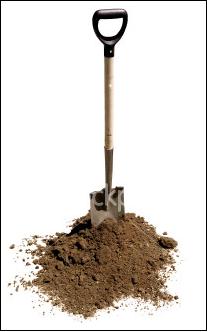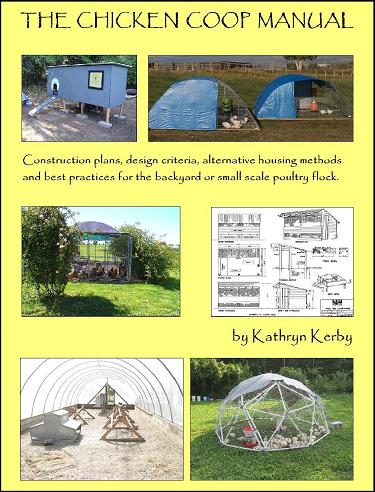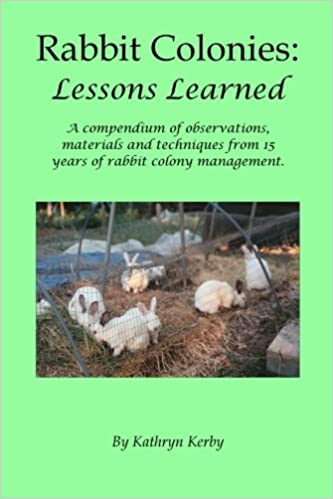Manual Labor
February 10, 2011

My partner and I have been digging in her greenhouse for the last several working sessions. The greenhouse is new and built over generally fertile but unworked land. We’re reshaping that unturned ground inside to create four raised planting beds. The beds are each 3’ wide and run the length of the greenhouse. As we level out each walkway and form each bed, we then frame the bed with heavy cedar planks from a local mill. The finished beds will be fantastic additions to the greenhouse: providing relatively warm and well-drained soil and wide, level, clearly defined walkways. Additionally, the raised bed frames will provide leveled work surfaces will serve double duty as work platforms for early in the season. We’ll be able to start thousands of seedlings inside that warm dry environment, then move them outside as the weather warms up. Once the seedlings have moved outside, those planting beds will then be ready for planting themselves.
It’s been relatively easy going, with smooth soil and few stones to slow our progress. But it’s been work, no two ways about that. To create the good working environment and level planting area, we’ve had to manually dig out those areas above grade, back-fill and rake smooth those areas below grade, and cart the excess soil to another part of the farm. Even that excess soil has a purpose. We’ve been using it to create a small raised area that can provide dry ground for equipment and animals during soggy weather. Even a small pad only 1’ above grade can be enough to provide her animals with dry footing during the worst of our winters. But creating that pad has meant moving wagon-full after wagon-full of heavy clay soil up the hill to the new spot. Neither of us has a tractor and we did not want to rent one, which would only have filled the inside of that wonderful greenhouse with exhaust fumes. Besides, the inside dimensions of the greenhouse would have made maneuvering even a small tractor challenging at best. So, we used shovels to fill one wagon-load at a time, then used the lawn tractor to pull the wagon uphill. Slow, but steady progress. I get home very thoroughly worn out.
Many, if not most, of our friends and family would think this was a terrible way to spend the day. Invite someone to join you for a day of dirt, sweat, work gloves, mud boots and manual labor, and they’ll look at you like you’re crazy. “My gosh, that’s such hard work! And you get so dirty! And you don’t get to sit down! I went to school just so I wouldn’t have to work that way!” I suppose it’s a much more appealing idea to work at comfortable desks, inside comfortable offices, making decisions and participating in meetings to further the goals of whatever company they work for. And in some ways, that sounds more attractive to me too. But there’s a tradeoff. Their bodies haven’t been moving all day, so they feel physically stiff and restless at the end of the day even though their minds are tired. They need to go work out at the gym (there’s that dirt and sweat again, camouflaged in spandex and tank tops), then eat their reduced-calorie dinners to maintain their target weight. Or if that doesn’t sound appealing either, they go home, maybe walk the dog or chase the kids around, get dinner going, watch some TV and then fall into bed mentally exhausted, but with another surplus of calories to add a little more to the waistline. The progress they made during the day was often only measured in terms of meetings attended, work packages released, and other paper-trail signs of progress. Their very goals, tasks and methods were chosen by others higher on the chain of command, or higher in the management tree. And the fruits of that labor will be distributed amongst hundreds, if not thousands, of co-workers.
Farming is regarded as “dirty, hard work” and thus frowned upon by many in our society. But our society’s sedentary lifestyle is strongly associated with the diseases which most often kill us before our time - heart disease, diabetes, stroke and other obesity-related health issues. I suspect if we were a little less afraid to get our hands dirty in good healthy soil, and work up a good sweat outside on a regular basis, and a little more resistant to the siren call of the couch and home theater system, we’d be a much healthier population. I know I’m in the minority with that opinion. But I am as fit now as when I was 25 years old, as demonstrated by my continued excellent health checkups. A nation of folks who got off the couch and got back outside, working in their yards and gardens and even balconies, moving dirt and planting seeds and getting dirty, would do us all a world of good. And the best part - we get to eat the results of our efforts. And meals from one’s own garden often taste better than anything we could buy. Now that’s a nice reward for a hard day’s manual labor.
Our Successful Farming and Ranching Books

We released our very first self-published book. The Chicken Coop Manual in 2014. It is a full color guide to conventional and alternative poultry housing options, including 8 conventional stud construction plans, 12 alternative housing methods, and almost 20 different design features. This book is available on Amazon.com and as a PDF download. Please visit The Chicken Coop Manual page for more information.

Rabbit Colonies: Lessons Learned
We started with rabbits in 2002, and we've been experimenting with colony management ever since. Fast forward to 2017, when I decided to write another book, this time about colony management. The book is chock-full of practical information, and is available from both Amazon and as a PDF download. Please visit the Rabbit Colonies page for more information.
The Pastured Pig Handbook
We are currently working on our next self-published book: The Pastured Pig Handbook. This particular book addresses a profitable, popular and successful hog management approach which sadly is not yet well documented. Our handbook, will cover all the various issues involved with pastured hog management, including case studies of numerous current pastured pig operations. If you have any questions about this book, please Contact Us.

Weblog Archives
We published a farm blog between January 2011 and April 2012. We reluctantly ceased writing them due to time constraints, and we hope to begin writing them again someday. In the meantime, we offer a Weblog Archive so that readers can access past blog articles at any time.
If and when we return to writing blogs, we'll post that news here. Until then, happy reading!




